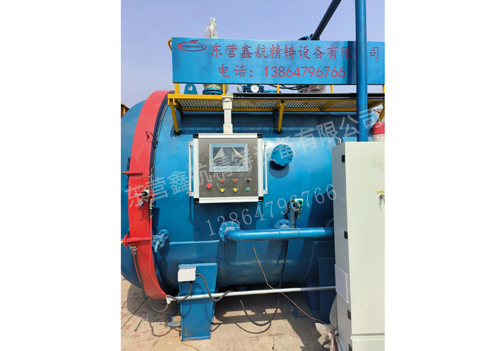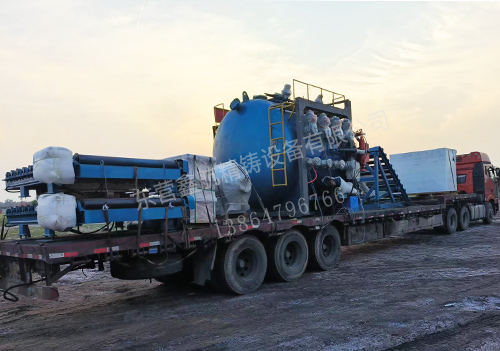
PRODUCTS产品中心
Home >Large scale pressure vessel testing machine
Service Hotline
13864796766


1. Equipment hardware and installation inspection
(1) Main structure inspection
Confirm that the pressure vessel body, vessel cover, flange and other pressure bearing components are free of deformation, cracks, corrosion marks, and that the welds are smooth and defect free (refer to the equipment factory inspection report for review); Check whether the connection between the kettle body, bracket, and foundation is firm, and whether the anchor bolts are evenly tightened to avoid vibration displacement during operation.
(2) Sealing system inspection
Focus on checking the installation status of the sealing forms of the kettle cover (such as magnetic seal, mechanical seal, and packing seal):
Magnetic seal/mechanical seal: Confirm that the dynamic and static rings are tightly fitted, the O-ring/gasket is not damaged or aged, and the lubricant (or coolant) level in the sealing chamber is normal and there is no leakage;
Packing sealing: Check the tightness of the packing gland (it is recommended to manually rotate the shaft without any jamming or obvious leakage), and ensure that the packing is not missing or offset.
(3) Pipeline and valve inspection
Check whether the connections of the inlet/outlet pipes, steam pipes, cooling water pipes, pressure gauge pipes, safety valve pipes, and other pipelines are correct (refer to the process flow diagram P&ID), whether the valves (globe valves, safety valves, pressure gauge valves) are flexible in opening and closing, whether the flange gaskets are misaligned or aged, and whether the pipeline supports are firmly fixed (to avoid pipeline vibration pulling the kettle body interface).
(4) Security Attachment Verification
All safety attachments must be verified and qualified in advance and within their validity period:
Pressure gauge: The range should cover 1.5-2 times the design pressure of the equipment, with an accuracy of not less than level 1.6, and a qualified label should be affixed after calibration;
Safety valve: Set the take-off pressure at 1.05-1.1 times the design pressure, and manually test the take-off and reseating functions to ensure normal operation;
Temperature sensors and pressure sensors: Calibrate with secondary instruments (such as PLC control cabinets) to ensure that the data display error is ≤ ± 1%.
(5) Mixing system inspection
Manually rotate the mixing shaft and confirm that there is no jamming or abnormal noise; Check that the stirring blade is securely installed (with no loose bolts) and that the gap between it and the bottom and inner walls of the kettle meets the design requirements (to avoid scratching the kettle during operation); Confirm that the lubricating oil level of the mixing motor and reducer is normal, the wiring terminals are not loose, and the grounding is reliable.
2. Confirmation of software and process parameters
(1) Control system debugging
Start the PLC control cabinet and check if the touch screen/operation panel display is normal, and if all parameters (temperature, pressure, mixing speed, valve switch status) are accurately fed back; Test the normal switching of the "manual/automatic" control mode, such as manually adjusting the mixing speed and manually opening and closing the feed valve, and observe whether the equipment responds in a timely manner.
(2) Process parameter preset
According to the test plan (non production process, mainly based on "no-load/water test"), preset parameters:
Test pressure: usually 80% -90% of the design pressure (testing beyond the design pressure is strictly prohibited);
Test temperature: If it is a heating type pressure vessel, it can be preset from room temperature to 100 ℃ (during water testing) to avoid initial loss of new equipment due to high temperature;
Mixing speed: Start from low speed (such as 30% of the rated speed), gradually increase to the rated speed, and observe the stability of operation.
3. Security measures
(1) Designate a safe area at the testing site, set up warning signs that read "High voltage operation, no entry", and prohibit unrelated personnel from approaching;
(2) Prepare emergency tools such as safety valve wrenches, emergency relief valves, fire extinguishing equipment, and first aid kits to ensure that operators are familiar with emergency operation procedures;
(3) Operators are required to wear protective equipment (safety helmets, heat-resistant gloves, anti-static clothing, goggles) and receive safety training in advance (mastering leak handling and emergency shutdown procedures).